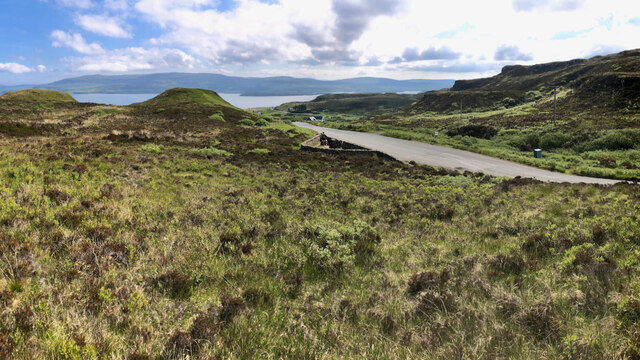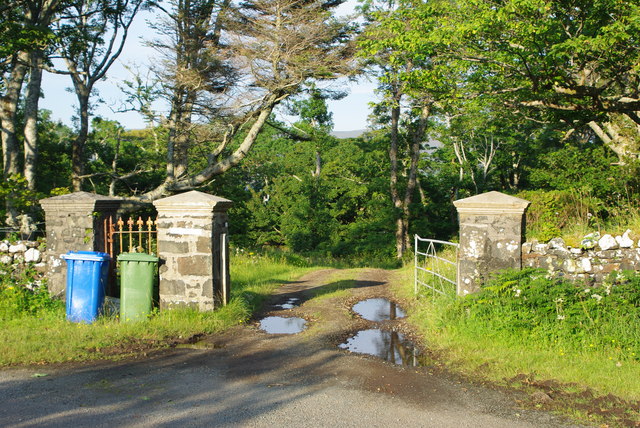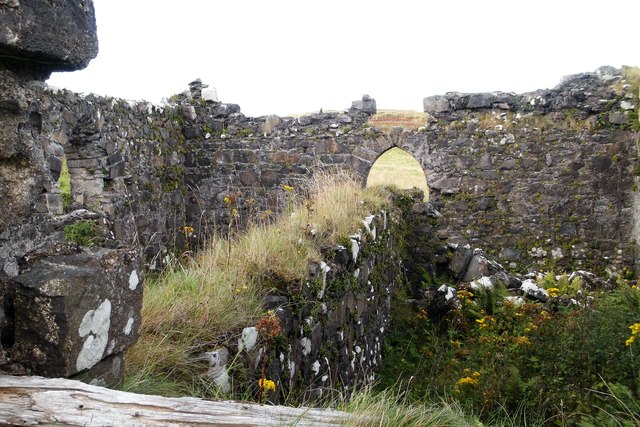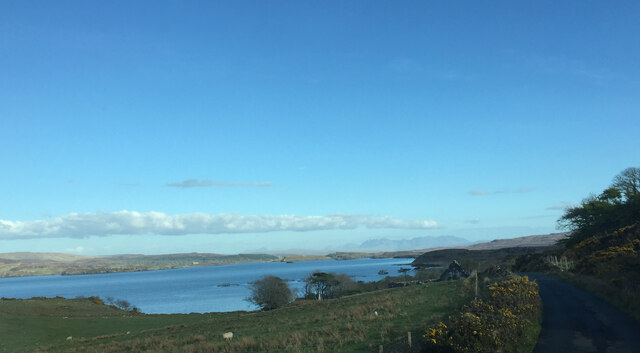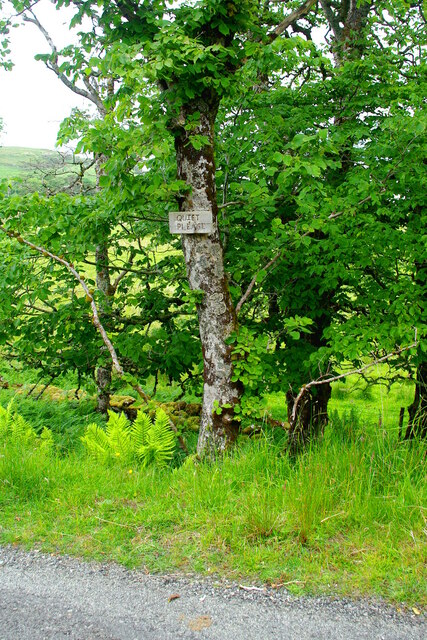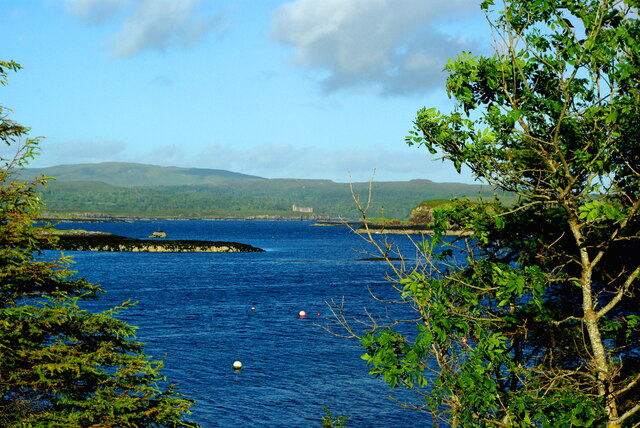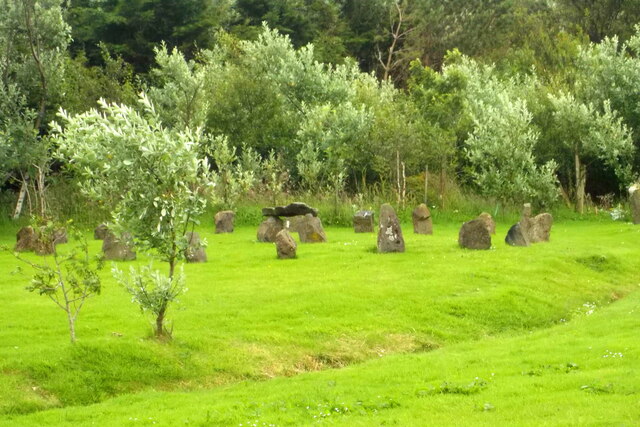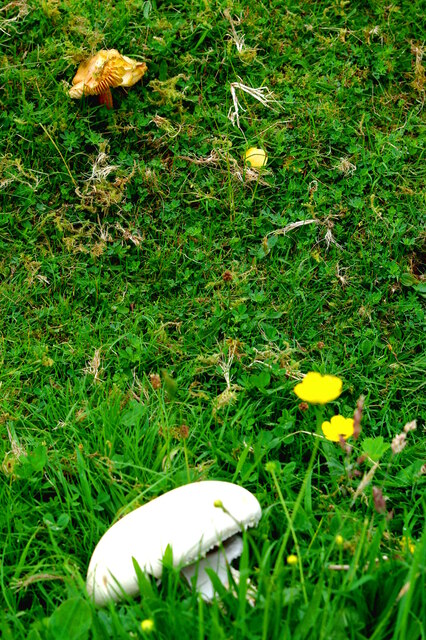Loch Dunvegan
Sea, Estuary, Creek in Inverness-shire
Scotland
Loch Dunvegan
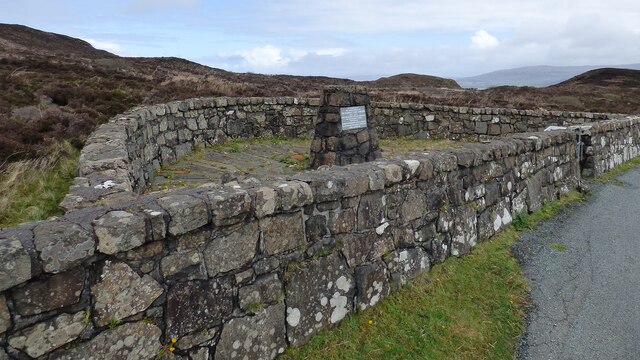
Loch Dunvegan is a sea loch located in the northwest of the Isle of Skye in Inverness-shire, Scotland. It is surrounded by steep cliffs and rolling hills, providing a picturesque backdrop to the tranquil waters below. The loch stretches approximately 8 miles inland from the coast, with a width ranging from 1 to 2 miles.
At the mouth of the loch, there is a small village also named Dunvegan, known for its historic castle and beautiful gardens. The castle, which dates back to the 13th century, is a popular tourist attraction and offers stunning views of the loch and surrounding landscape.
Loch Dunvegan is home to a variety of wildlife, including seals, otters, and seabirds. The waters are also rich in marine life, making it a popular spot for fishing and boating enthusiasts. The calm waters of the loch provide a peaceful environment for water activities such as kayaking and sailing.
Overall, Loch Dunvegan is a beautiful and serene location, offering visitors the chance to immerse themselves in the natural beauty of the Scottish Highlands.
If you have any feedback on the listing, please let us know in the comments section below.
Loch Dunvegan Images
Images are sourced within 2km of 57.461186/-6.6592939 or Grid Reference NG2050. Thanks to Geograph Open Source API. All images are credited.
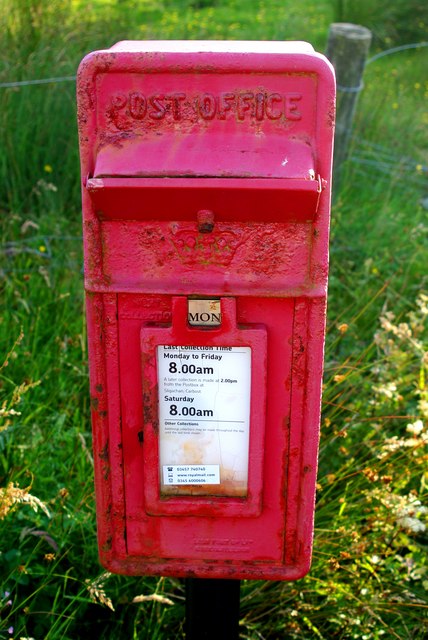
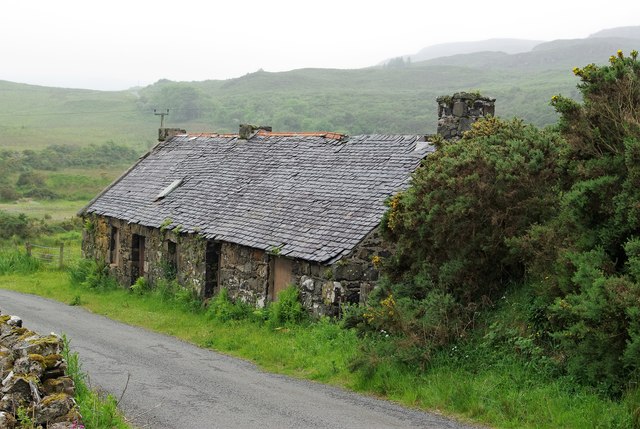
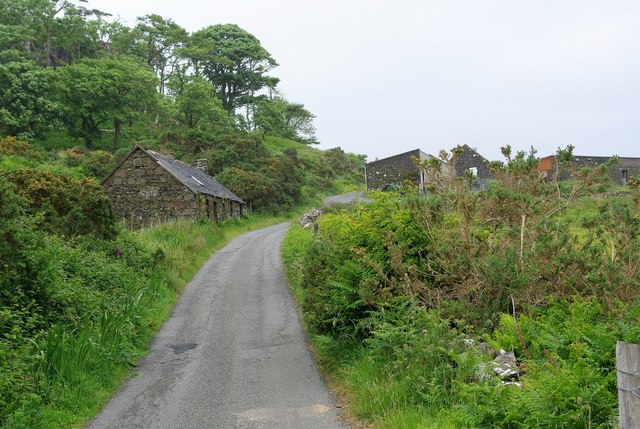
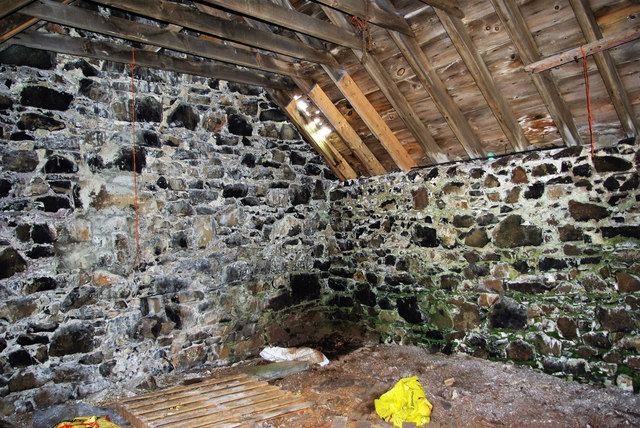
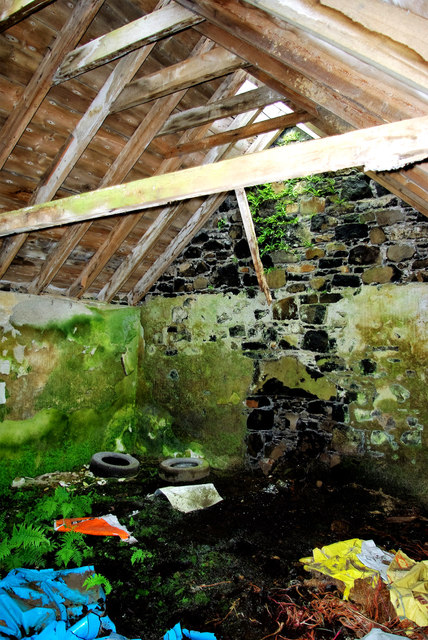
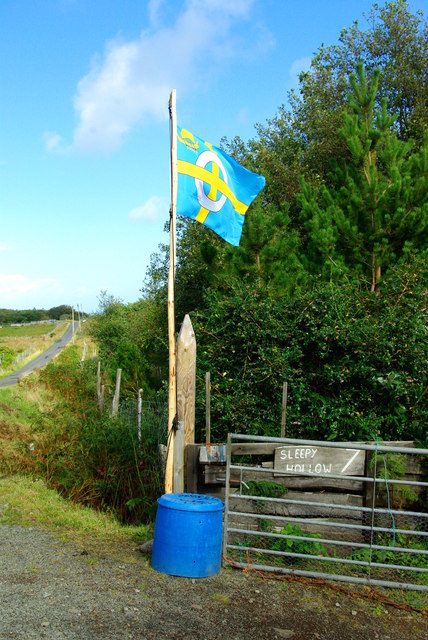
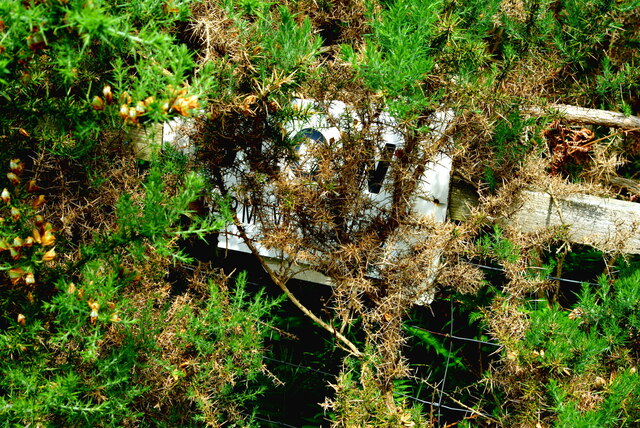
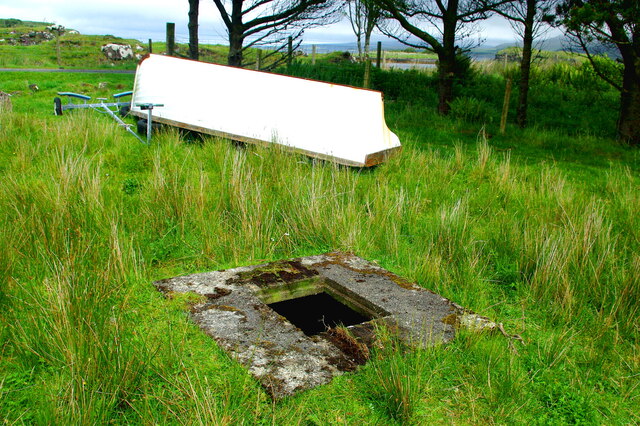
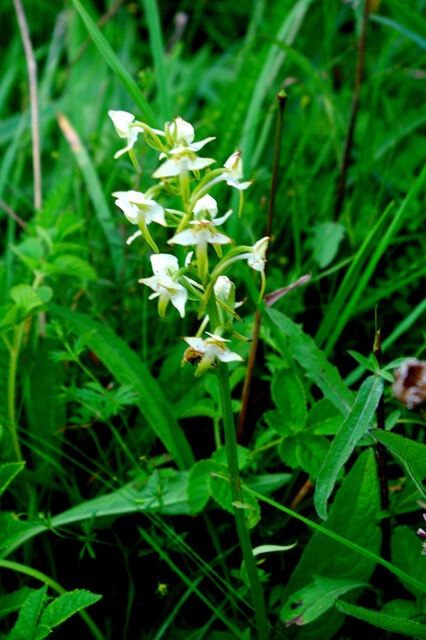
Loch Dunvegan is located at Grid Ref: NG2050 (Lat: 57.461186, Lng: -6.6592939)
Unitary Authority: Highland
Police Authority: Highlands and Islands
What 3 Words
///decorated.rounds.swung. Near Glendale, Highland
Nearby Locations
Related Wikis
Totaig
Totaig (from Old Norse Topt-vík) is a small crofting settlement on the west coast of Loch Dunvegan on the Isle of Skye. The village of Dunvegan is 5 miles...
Fasach
Fasach (Scottish Gaelic: Fàsach) is a crofting settlement in Glendale on the Duirinish peninsula of the Isle of Skye, Scottish Highlands and is in the...
Colbost
Colbost (Scottish Gaelic: Cealabost) is a scattered hamlet on the B884 road, in the Glendale estate, overlooking Loch Dunvegan on the Scottish island of...
Uig, Duirinish
Uig is a hamlet 14 miles (23 km) south west of Uig in Snizort, on the eastern shore of Loch Dunvegan, in the civil parish of Duirinish, on the Isle of...
Nearby Amenities
Located within 500m of 57.461186,-6.6592939Have you been to Loch Dunvegan?
Leave your review of Loch Dunvegan below (or comments, questions and feedback).
